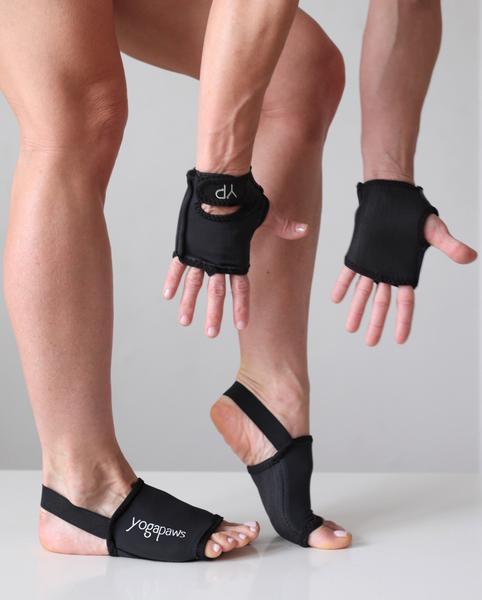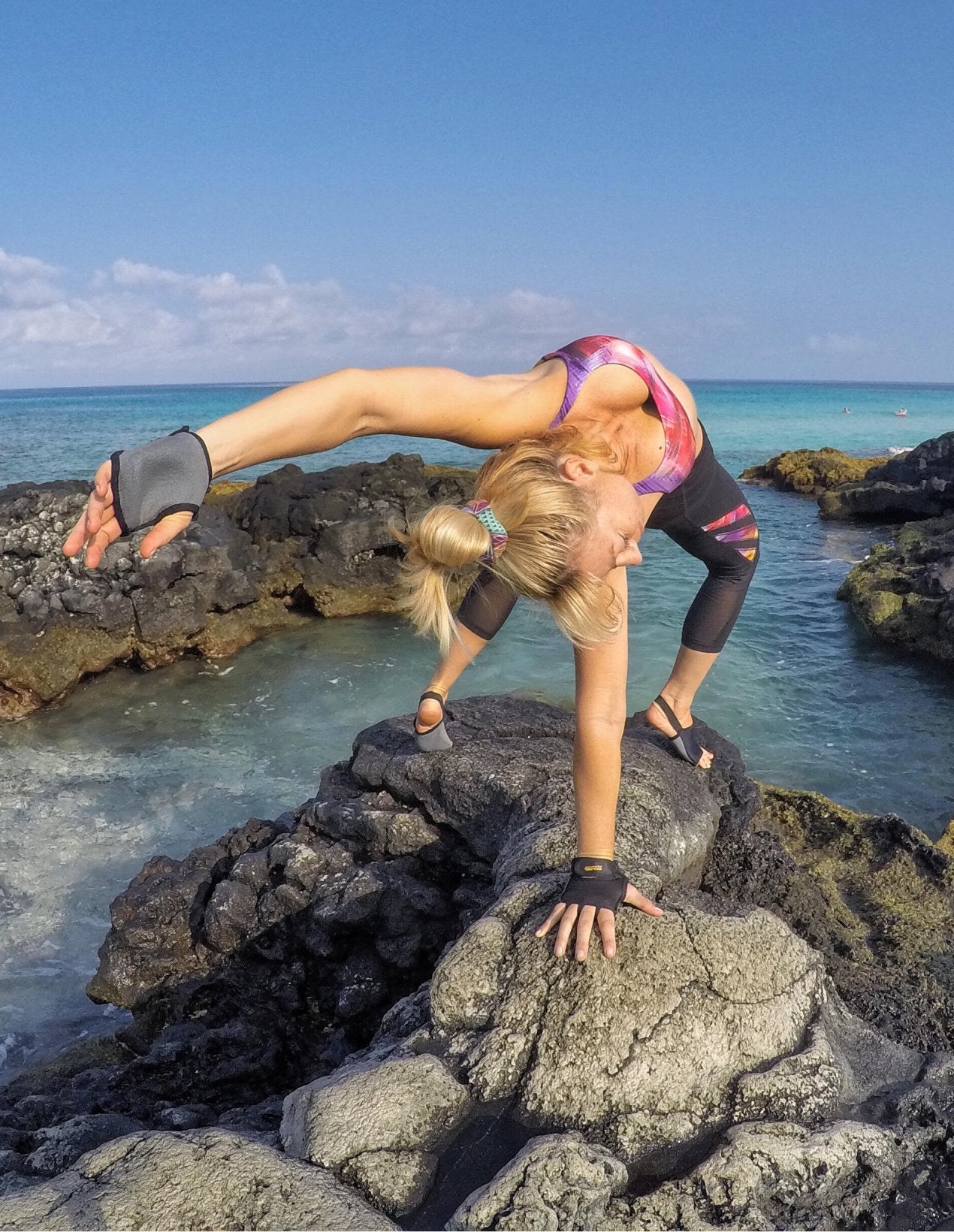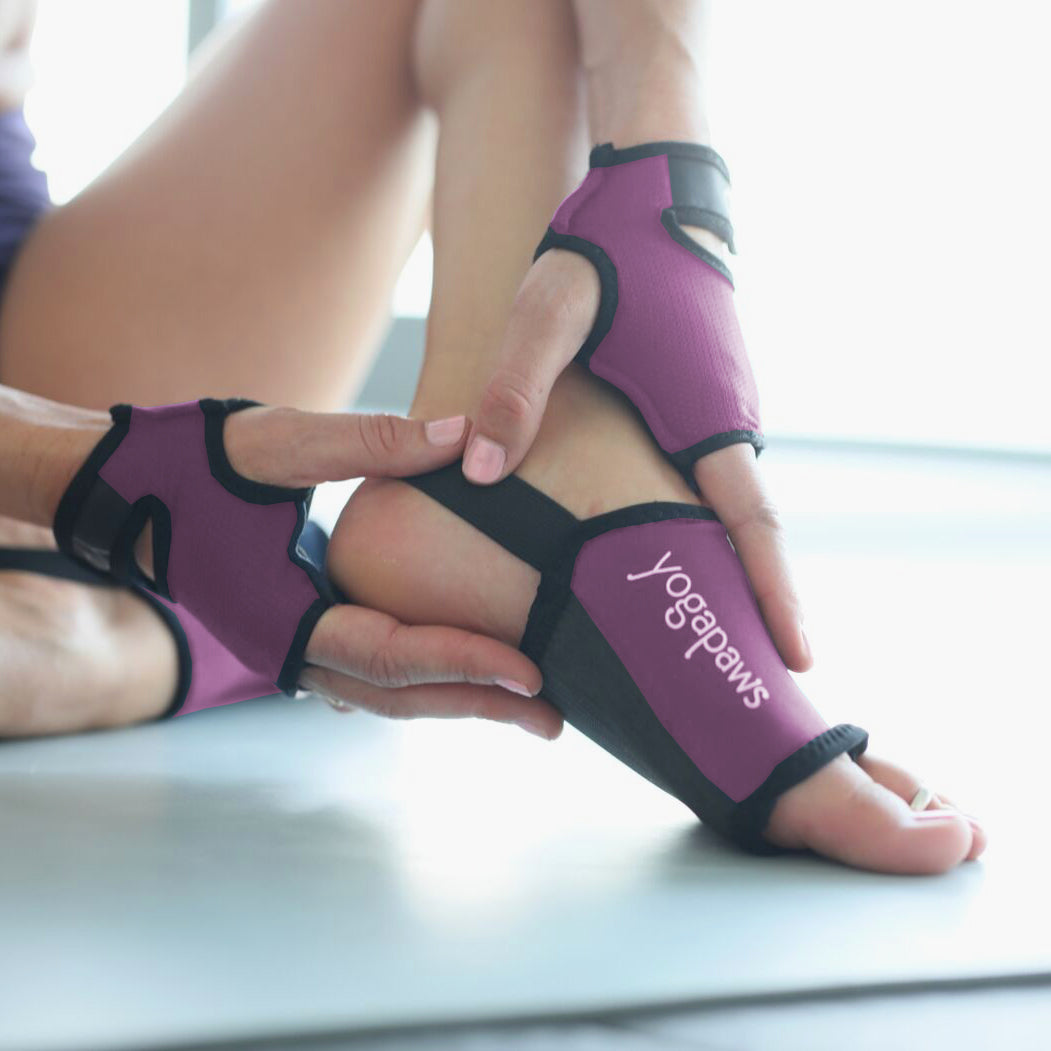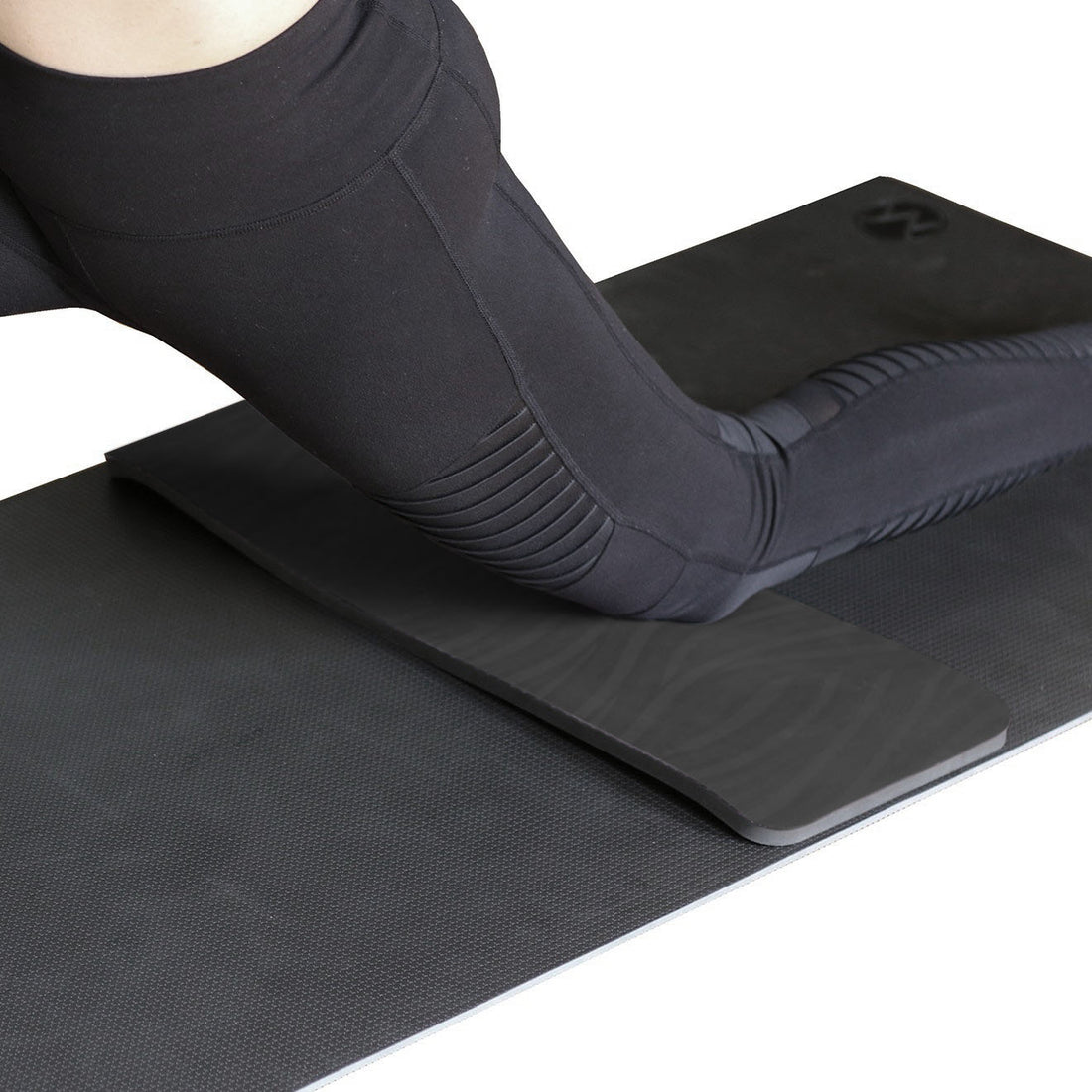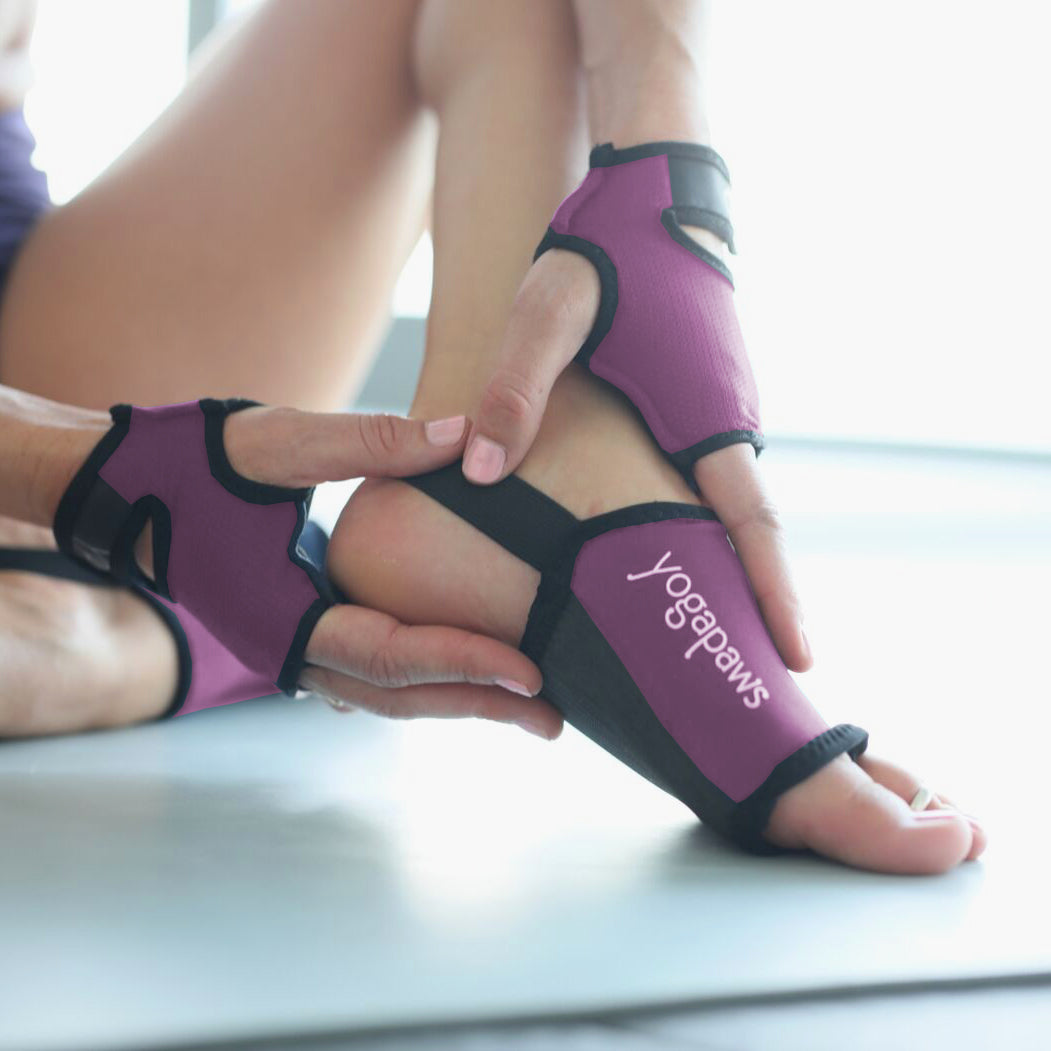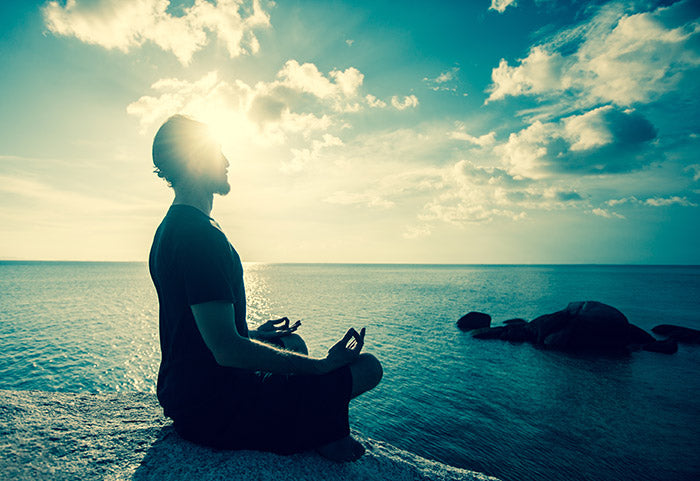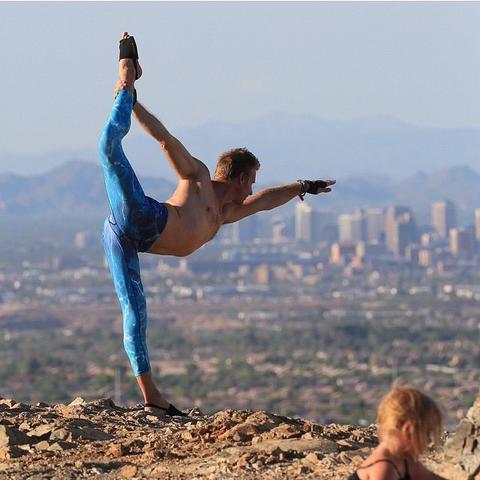 Do you know how the kind of day you have plays a role in how you feel in your yoga class or practice? When you’re happy, you feel stronger, more balanced, and you have an easier time finding your alignment. When you are stressed or upset, your body feels heavy and stiff, like you’re wearing a suit of armor. You’ve probably learned to compensate for these moods, to some extent, in your practice, whether through focus, warming up, or meditation.
Do you know how the kind of day you have plays a role in how you feel in your yoga class or practice? When you’re happy, you feel stronger, more balanced, and you have an easier time finding your alignment. When you are stressed or upset, your body feels heavy and stiff, like you’re wearing a suit of armor. You’ve probably learned to compensate for these moods, to some extent, in your practice, whether through focus, warming up, or meditation.
You know that your thoughts and feelings going into class affect your practice, but it’s often harder to process how your feelings about your abilities in class shape how you approach your practice. Knowing the edge between challenging yourself to grow to greater heights and “pushing” your body to the point of pain or injury can be a challenge, especially if you tend to approach your yoga from a very aggressive or very passive place. When you hit the part of the class that is the most challenging for you, you will probably—like all students—have to decide how much to work for the next level of intensity. Whether it’s inversions that make you want to head for the door, or Hanumanasana (Monkey Pose) leaving you wishing for Gumby legs, you need to decide whether you are going to, as Shiva Rea puts it, “go for it,” or whether now is the time for fuller exploration of where you are today.
In today’s competitive and athletic culture, where the “bring-it-on” attitude rules, you might feel like a failure if you have to step back or don’t reach for the most difficult iteration of an asana. While yoga champions you to enjoy your practice at a level that’s comfortable for you, that inner voice that wants to get an "A" in everything can be hard to silence. If that’s the place you find yourself in, try focusing on the depth of the pose you’re in—feeling your body lengthen or feeling the strength in your muscles as you breathe. You are working fully in whatever pose you are in. Don’t look around the room. Bring your awareness back to your breath. If that’s not helping you feel less uncomfortable, you can also try reminding yourself that you have to fully master each stage of the movement: you have to walk before you can run. While it’s important to respect your body, as far as not pushing it too far, it’s equally helpful to understand when your mind is working against your body by keeping you from believing in what you can do. The physical consequences —feeling tight or weak, or when your breathing feels constricted — can result in negative self-talk and be all too tangible, so try to keep your perceptions out of the moment. Instead, focus on the physical sensation of the movement. If you are experiencing pain, then do back off. However, “failure” is just another learning tool. If you face plant out of Bakasana (Crane or Crow Pose), the world won’t end and you certainly won’t be the first student to have done that. Eventually, you’ll adjust and fly.
While it’s important to respect your body, as far as not pushing it too far, it’s equally helpful to understand when your mind is working against your body by keeping you from believing in what you can do. The physical consequences —feeling tight or weak, or when your breathing feels constricted — can result in negative self-talk and be all too tangible, so try to keep your perceptions out of the moment. Instead, focus on the physical sensation of the movement. If you are experiencing pain, then do back off. However, “failure” is just another learning tool. If you face plant out of Bakasana (Crane or Crow Pose), the world won’t end and you certainly won’t be the first student to have done that. Eventually, you’ll adjust and fly.
Your yoga practice is, in the best sense, all about you. Learning to trust your body to tell you when it can and can’t be pushed will help you connect with it and treat your physical form with more sensitivity. Your body is not a machine, nor is it an obstacle to your goals.




